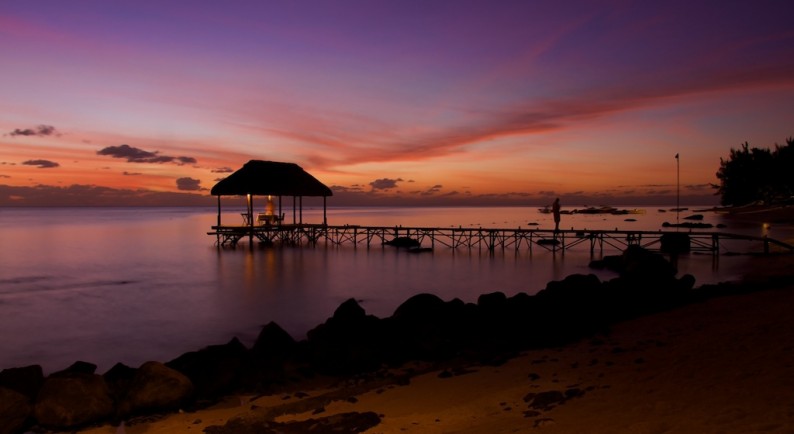Mauritius is a tropical paradise. There is no other way to describe it. This small, multicultural island is situated in the Indian Ocean east of Madagascar. Hotels near blue water and on white beaches are what you may expect here. Residents of many countries do not need a visa to visit Mauritius. More information can be found on the website of the Passport and Immigration Office.
There are two ways to get to the island: by plane or by boat. The international airport at Plaisance is served by regional and major international airlines. Boats going to Mauritius are mostly cargo ships, leaving from Madagascar, Réunion or Rodrigues Island. The suggested way of getting around the island is by rental car or bus. In urban areas the recommended means of transportation are buses and taxis, as well as bicycles or motorcycles.
Mauritius isn’t just your average beach destination. Attractions and highlights include way more than just beaches and sea. Activities are virtually endless. One of the most popular activities and definitely recommended is going deep sea fishing. Species include, but are not limited to, blue and black marlin, all sorts of sharks and barracudas. Several of the world’s fishing records are held by Mauritius. Almost all hotels have a boat rental service. As a tropical destination, watersports options are plenty. You can go sailing, waterskiing, windsurfing, fishing, scuba diving, snorkeling, sea kayaking, parasailing,… If you are into that, you should head to Grand Baie where you can also go on an underwater walk or rent submarine scooters.
Another adventurous activity is a safari quad biking. Rent a quad bike and ride it through the large Yemen Natural Reserve, while trying to spot zebras, antelopes, wild boar and ostriches. Inland Mauritius consists of forests, river and mountainous landscapes. Go hiking and discover the island at your own pace.
The villages and towns of Mauritius offer something else. The cultural diversity of the island and its history have created an atmosphere that can’t be found anywhere else in the world. Stroll through the traditional market of Mahebourg, where locals sell spices, clothes, handicrafts and souvenirs, or wander into one of the boutique shops on Sunset Boulevard in Grand Baie.
Accomodation is available throughout the island from Hotel Coin de Mire Attitude on Mauritius’ North Coast to those clustered around busier areas like Grand Baie.
Two UNESCO World Heritage Sites in Mauritius are options for a day trip. The Aapravasi Ghat Immigration Depot is where, in the 19th century, indentured labourers were welcomed. It is of incredible value to present-day Mauritians, as they trace the arrival of their ancestors to this place, and each year in November the arrival of the labourers is commemorated. Le Morne Cultural Landscape, in the southwest, is an importance place in the country’s history. The mountain of Le Morne was where runaway slaves used to hide in the 18th and 19th centuries. It is now a symbol of freedom and of the slaves’ fight for survival, sacrifice and suffering.
The island’s capital, Port Louis, is a bustling place where merchants buy and sell goods. The city is in fact the wealthiest city in Africa.
Being a tropical island, cyclones occur regularly during the cyclone season, from December until March. It is recommended to plan your visit outside this season, for you own comfort.
photo credit: left-hand via photopin cc


Leave A Comment